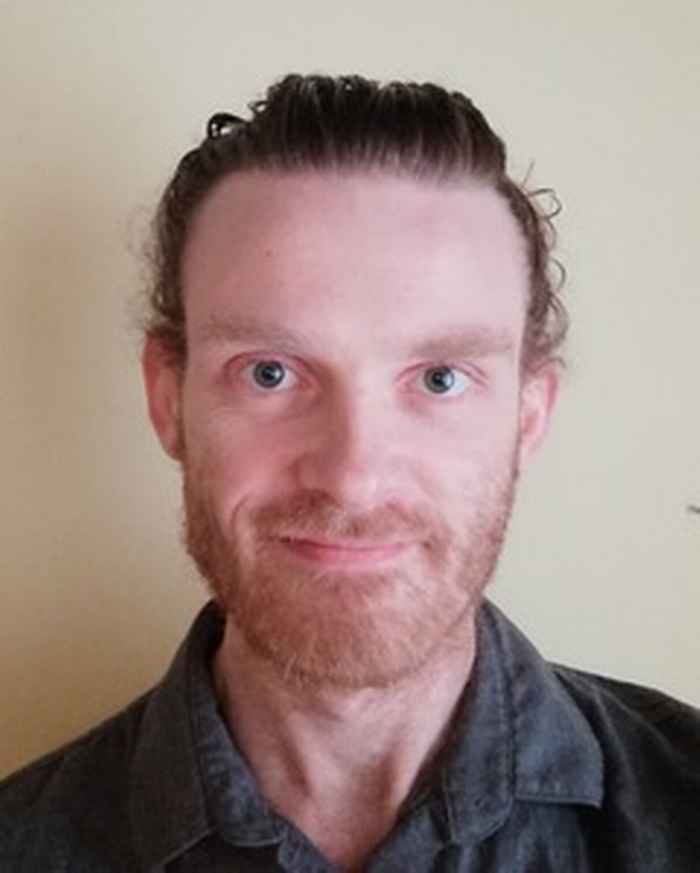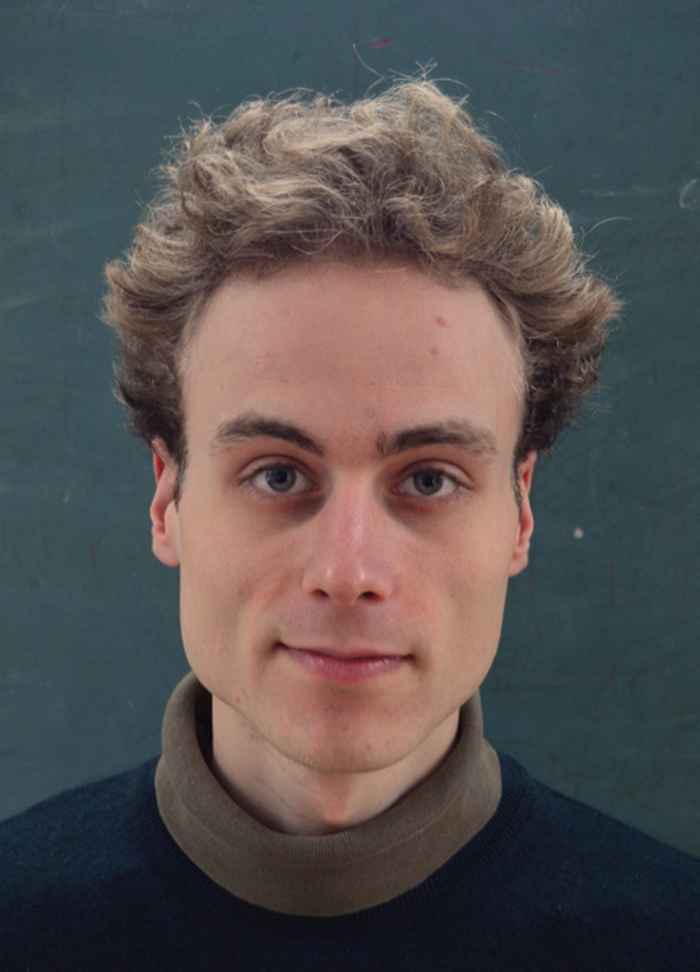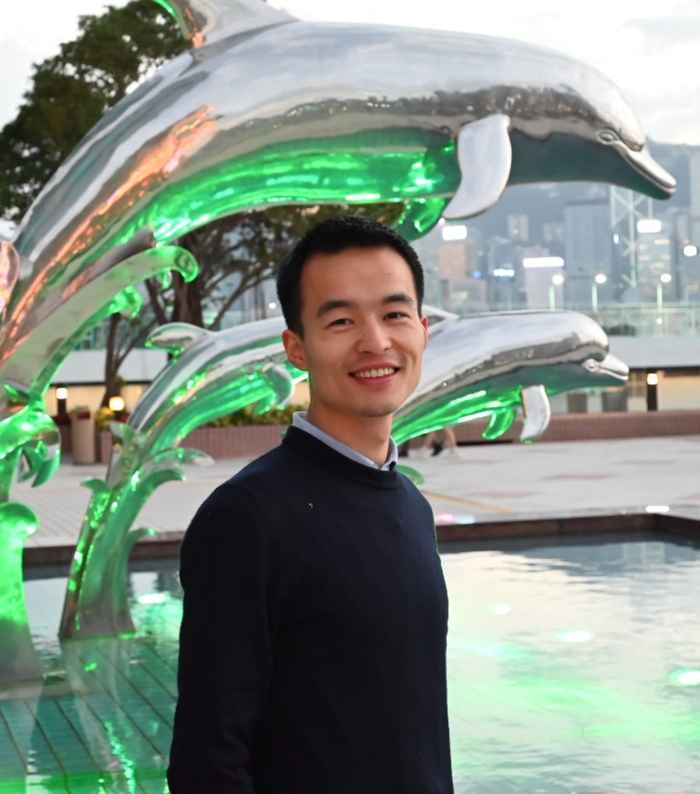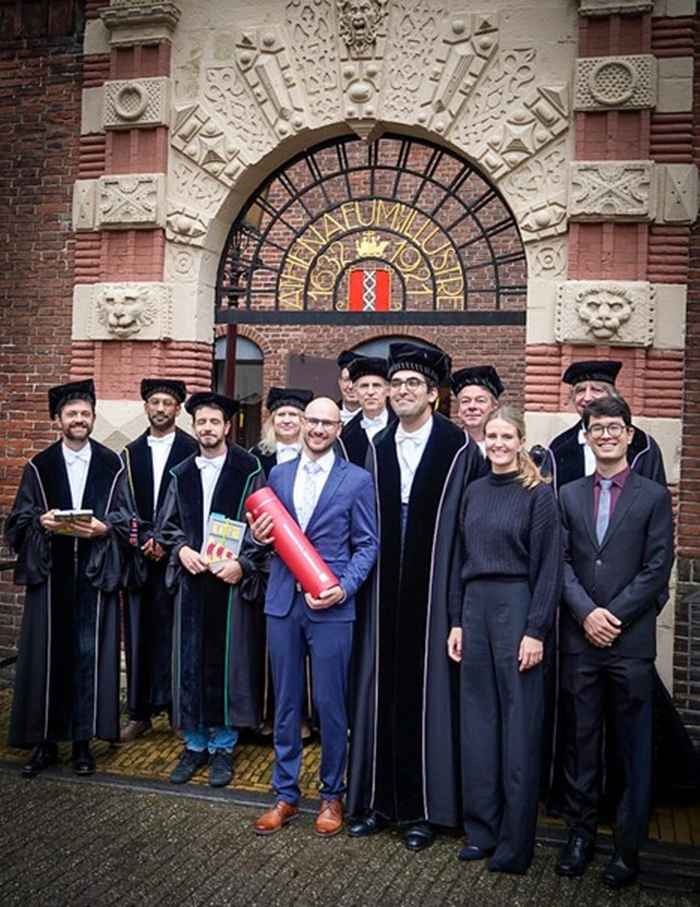Four cum laude PhD defenses at IoP
22 September 2025
Jonas Veenstra

On 10 September, Jonas Veenstra defended his thesis “Animating metamaterials with non-reciprocity”. The project was supervised by dr. Corentin Coulais and co-supervised by prof. Jasper van Wezel.
How can engineered materials be designed to behave like living systems? Unlike robots, which rely on centralized control and pre-programmed commands, living systems generate robust and adaptive behaviors through distributed, energy-consuming interactions – think of reflexes in the body or the collective sensing of cells. Inspired by this principle, Jonas’ thesis explores how embedding non-reciprocal interactions into mechanical metamaterials turns them into active solids capable of unidirectional waves, adaptive locomotion, and cyclical shape changes. Using experiments, large-scale simulations, and continuum modelling, he identified how activity, geometry, nonlinearities, and boundary conditions interplay and give rise to new dynamical regimes that power lifelike behavior. The result is a framework for designing metamaterials that move, adapt, and self-organize, ultimately blurring the line between material and machine.
Boris Post

Later on that same day, 10 September, Boris Post defended his thesis “Quantum Chaos and Topology – New perspectives on low-dimensional quantum gravity”. The project was supervised by prof. Jan de Boer and co-supervised by prof. Erik Verlinde.
In his thesis, Boris has studied models of quantum gravity using the theory of chaotic quantum systems. In particular, he has explored how statistical properties of two-dimensional conformal field theories can explain many features of quantum gravity in three dimensions, through the AdS/CFT correspondence. Doing so, his work has made new connections between the theory of quantum chaos and intricate topological aspects of three-dimensional gravity.
Wenfeng Liu

Two days later, on 12 September, Wenfeng Liu defended his thesis “Sequential metamaterials with plasticity”. This was the second cum laude project that was supervised by dr. Corentin Coulais; the co-supervised by prof. Peter Schall.
In Wenfeng’s thesis, he uses plasticity – the ability of materials to permanently change shape – as a design tool for metamaterials. He uncovers a delicate interplay between plasticity and buckling instability, termed “yield buckling.” This effect allows metamaterials to buckle in a well-delineated sequence of steps, combining high stiffness with high energy dissipation for superior shock absorption. Wenfeng extends this idea to different metamaterial designs, achieving arbitrary shapes and numbers of buckling modes with controllable buckling order. Finally, he brings plasticity into kirigami – the art of paper cutting – to enable kirigami to “remember” the loading history and to fold into multiple shapes with different loading histories.
Nico Schramma

One week after the first cum laude, on 17 September, Nico Schramma defended his thesis “On Light and Life – Physics of Chloroplast Motion and Bioluminescence”. The project was supervised by prof. Daniel Bonn and dr. Mazi Jalaal.
In the thesis, Nico investigated two phenomena of the interaction of living systems with light: life absorbing light – in the context of photosynthetic chloroplasts in plants and algae – and life creating light – in the context of bioluminescence of micro-algae. He studied the motion of chloroplasts inside plants and algae in response to light – a mechanism to optimize light uptake and avoid too strong light – and found connections to inherently bio-physical mechanisms. Furthermore, he studied single celled algae that can produce light upon the sensation of touch or fluid motion, trying to unravel the complicated force-sensing mechanism in turbulent fluid motion.
Cum laude
The cum laude distinction is reserved for theses that the committee shares among the top-5% in their field. When external referees agree with this judgement, and the defense is deemed to be of a similar level, the iudidium is awarded. The occurrence of a cum laude distinction no less than four times in quick succession is very special, and indicative of the strong cohort of PhD students that IoP has. IoP congratulates the four laureates and their supervisors with these special achievements!